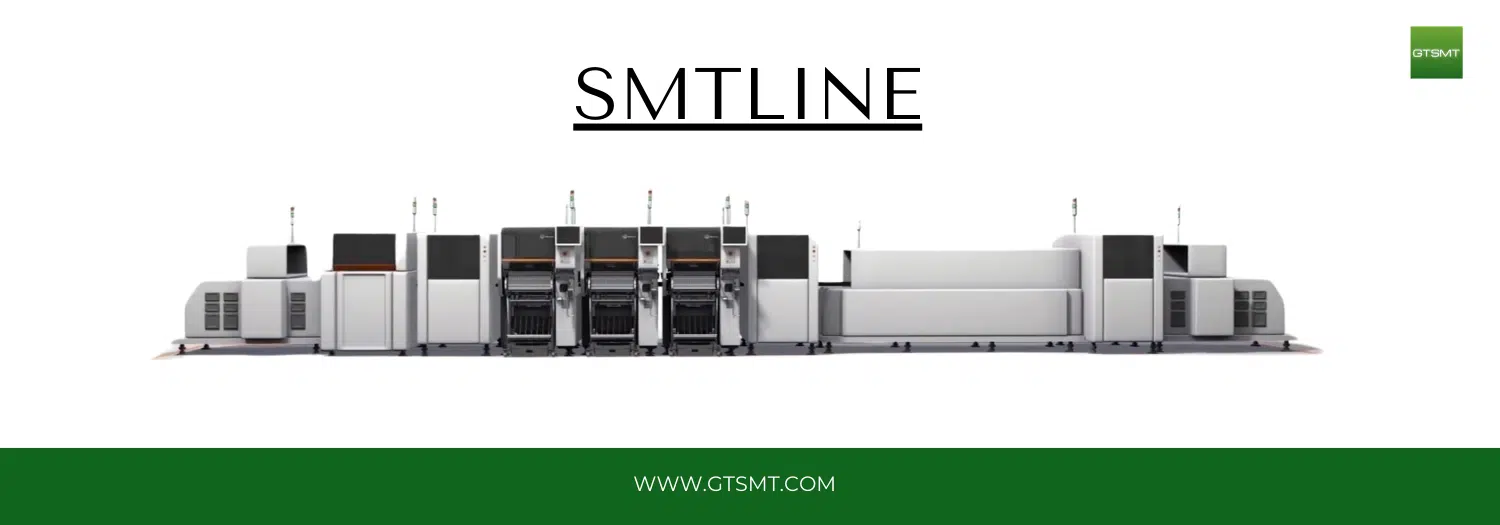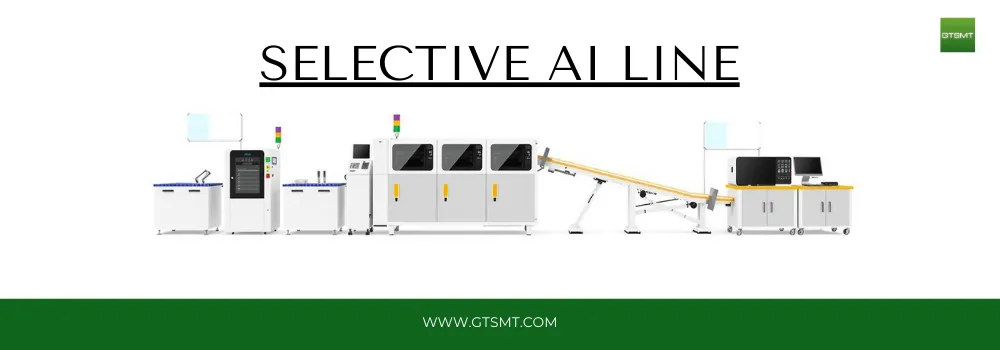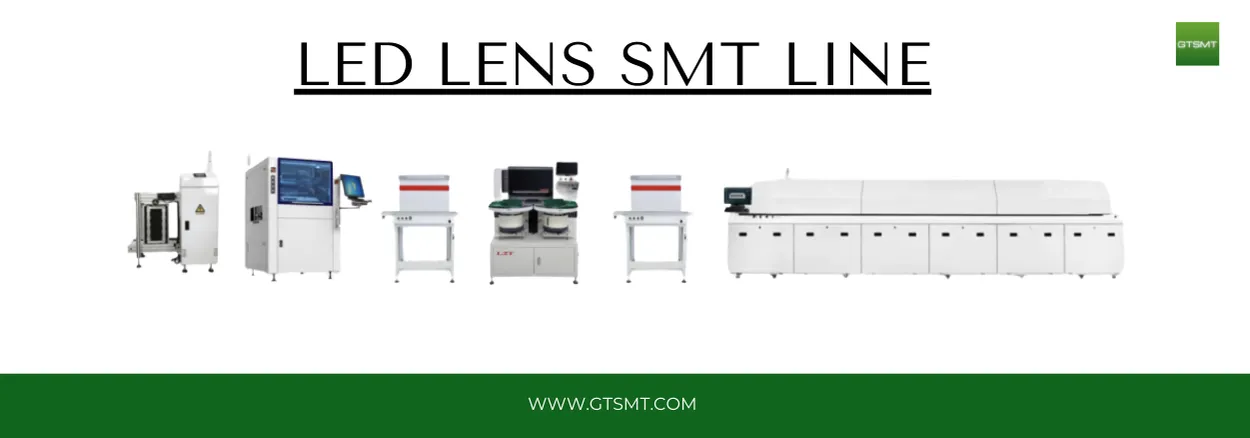What is the SMT line? A complete guide to setting the smt line for PCB assembly
In the globe of electronics manufacturing, Surface Mount Technology (SMT) plays an important role. It has revolutionized the way electronic parts are mounted onto printed circuit boards (PCBs). In this blog post, we will go through the details of the SMT line, its components, and its advantages in the manufacturing process.
What is the SMT line?
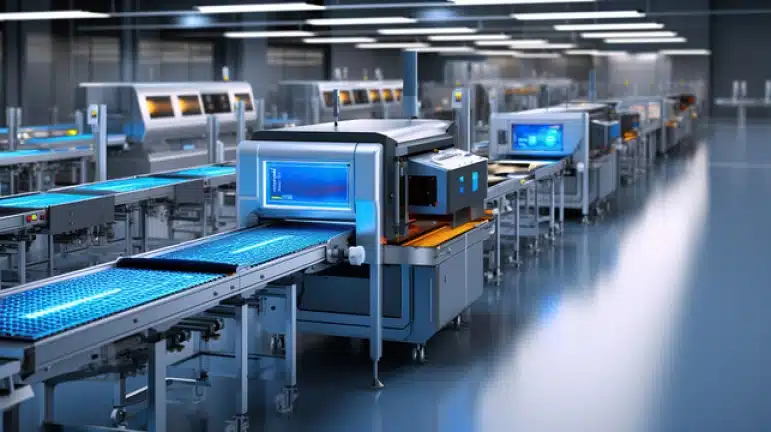
An SMT line, or SMT assembly line, is a series of equipment and machines used to assemble electronic components onto PCBs using surface mount technology. It is a highly automated process that provides many benefits over traditional through-hole technology, such as smaller component sizes, improved manufacturing efficiency, and higher component density.
Components of an SMT line
The typical SMT line contains several important pieces of equipment, each playing an important role in the assembly process:
Loader: Feeds PCBs into the smt line and loads the board on the conveyor
Reflow oven: Melts the solder paste, thereby soldering the parts to the PCB.
Unloader: Unload the PCB board from the line for additional checks or extra processing.
Advantages of SMT line
The SMT line has transformed the electronics manufacturing industry by providing many benefits over traditional through-hole technology. Some of the important advantages include:
Improves manufacturing efficiency
The mechanical nature of the SMT line significantly betters manufacturing efficiency. It reduces human errors, manual labor, and increases production throughput. This leads to cost savings and quicker time-to-market for electronic items.
Enhanced reliability
The right placement of components and the use of solder paste in the SMT process ensure reliable links and robust solder joints. This improves the full reliability and durability of electronic gadgets, reducing the chances of malfunction or failure.
Higher component density
SMT permits higher component density on PCBs, as components can be located on both sides of the board.
The SMT assembly process
The process of assembling a PCB in an SMT line contains many steps, streamlined for precision and efficiency:
Solder paste application: The process starts with applying solder paste to the PCB. A stencil printer rightly deposits solder paste on the PCB pads designated for part placement.
Component placement: Pick and place machines use vacuum nozzles to pick up individual parts and rightly place them on the solder-pasted PCB.
Soldering: The PCBs, now with parts placed, proceed via a reflow oven where controlled warming melts the solder paste, creating solder joints that automatically and electrically link the components to the board.
Solidification and cooling: After soldering, the boards pass via a cooling stage to solidify the solder, and make sure of powerful and reliable joints.
Check and quality control: Completed boards are then checked for defects such as solder bridges, misalignment, or missing components. This can be performed manually, or with automated optical inspection systems.
Extra processes: Depending on the complexity of the PCB, extra accessories like through-hole component insertion, manual soldering, or wave soldering may be needed.
What are the main SMT line fields?
Semiconductor industry
Semiconductor and SMT production is traditionally independent. Anyway, integrating the two is a general practice nowadays due to the advancement in packaging technology.
Semiconductor packaging firms use SMT mounters to fit passive electronic parts. Also, they employ semiconductor die bonders to connect chips or die, completing the SIP manufacturing.
There are many applications of the die bonder or flip-chip. Since chips are the key products of semiconductor manufacturing, there are many needs for chip accuracy.
Automotive electronics industry
Vehicles are getting more intelligent because they use electronic systems to handle all their parts. Automotive manufacturing facilities start using SMT lines to fill in the demand needed to mass-produce these modern vehicles.
LED industry
LEDs are becoming the lighting standard due to their durability and efficiency.
Smart industry for work and home
Combined with ERP, EMS, and MES systems, SMT lines can help with order arrangement, material arrangement, production plan arrangement, etc. This mixture can decrease production and warehousing cost by approximately 50 percent when dealing with products like:
- Burglar alarms
- Electric curtain control
- Intelligence lighting
- Gas leakage and more
Electronic consumer goods product industry
SMT line also comes in handy when producing electronic consumer goods parts. Think of sound systems, TVs, video game consoles, washing machines, etc.
Installing and training of SMT line
Installing and training of SMT production line, it is a vital step.
The installation process will change depending on the line type you have purchased. Anyway, most lines will need some basic mechanical and electrical skills to install.
The training process will also change depending on the line type you have. Anyway, most lines will need some general training on how to use the equipment.
Monitoring and adjusting SMT production line
Once your SMT production line is running and up, you need to check its performance and make adjustments as required. It will help you make sure that your line is running perfectly and producing high-standard products.
There are a few things you need to check, including:
- The production rate
- The standard of the products
- The cost of production
Any issues may be found, you need to be adjusted according to the real condition. The settings on the device may need to be adjusted ore extra training may be needed for employees.
What are SMT line advantages?
Surface mount technology (SMT) is an assembly and production technique that applies electronic parts directly onto the surface of a PCB or printed circuit board. This process permits for mechanical production to complete more of the required assembly to make a working board. Any electrical part mounted in this manner is referred to as a SMD device. Unlike conventional assembly, SMT does not need parts to be inserted via holes, rather components are soldered onto the board directly via reflow soldering.
The SMT assembly process can be time-consuming and hard if done manually, due to the precision it needs to create high-standard surface mount assembly (SMA). So, for better efficiency, most SMT manufacturing is done via automated assembly machines, mainly when producing on a big scale.
SMT components are significantly smaller than through-hole parts, which makes for the production of attractive and sleek electronic devices perfect for modern times. So, these days SMT is used in almost every electronic ranging from kitchen appliances to toys, to smartphones and laptops.
Advantages of surface mount technology
Here are some of the key advantages of SMT:
Quicker assembly time
One of the biggest benefits of surface mount technology is that it permits a much quicker assembly time than through-hole mounting. That is because there are no leads to insert via holes and then solder in place. Instead, all the parts are located on the surface of the PCB and soldered at once.
This not only saves time but also decreases the potential for human error. Additionally, it permits automation, further quick up the process. Automated SMT machines can place as many as 30, 0000 components per hour.
Greater density
The reduced size of SMT components also permits greater density on the PCB. That is because more parts can be placed close together. This is a huge benefit as it permits for more functionality to the packed into little devices.
Because surface mount gadgets are placed directly on the PCB surface, there is no need for through-holes. This additional increases the accessible area on the board, permitting for an even greater density of components. It also reduces the PCBA weight – by up to ten percent in most cases.
Little component sizes
Another important advantage of SMT is that it opens the door to small component sizes. When matched to THT technology, this can be up to four times less – an important reduction given the present trend of product miniaturization.
In most applications, little PCBA components are preferable as they take up less area and are less likely to be destroyed. This is mainly true for handheld devices, where the area is generally at a premium.
Greater accuracy
Another big advantage of SMT is that it permits for greater accuracy in part placement: the components are located on the PCB using mechanical machines. That means there is less scope for human error, which can lead to misaligned or misplaced components.
Additionally, most SMT assembly line equipment uses a vision system to check the placement of each component. This double-check reduces the chances of errors and makes sure that every board meets the needed specifications.
Greater flexibility
The small size of these SMTs permits more design flexibility. The reason for this is the board’s high component density, which permits you to place more components in a little area without sacrificing the capabilities and performance.
Additionally, SMT permits more connections to each component, more ways to mount boards, and more design options like combining Through Hole and SMT manufacturing on the same board for excellent functionality.
Difference between SMT and SMD
First, let’s clarify the concepts of SMT and SMD. SMD stands for Surface Mount Device, referring to a type of component packaging. SMD is generally used in combination with packaging or components. On the other hand, SMT stands for Surface Mount Technology, a method for assembling electronic components by directly soldering them onto a printed circuit board.
SMD parts are a collective term for all parts assembled onto the surface of a PCB using surface mount. With the trend toward miniaturization, a rising number of components are produced in surface mount form, including fuses, dampers, amplifiers, etc. These parts are characterized by their compact size and lack of metal long pins, providing important benefits in decreasing device weight, and volume, and improving electrical performance.
SMS packaging highlights the pins of the components, including different types such as SOIC, BGA, QFN, etc. Each SMD package has its advantages and features, but they adopt a form without or with little pins. For example, BGA connects the chip to the PCB via solder balls arranged in a grid, shortening the signal transmission path to reject delays.
Regardless of the electronic component type, it will ultimately be assembled onto the PCB to fulfill its work. In the early stage of the electronics industry, due to technological restrictions, through-hole technology was generally used, involving inserting component pins into holes on the PCB and then soldering. Anyway, with the development of wearable devices and micro-devices, fine assembly requirements increased. SMT emerged, completing the assembly by directly soldering the parts onto the surface of the printed circuit board. This technology not only gets rid of the complexity but also utilizes the latest equipment for intelligent production, greatly promoting the new trend of electronic development.
How much does automated SMT assembly cost?
Many aspects influence the surface mount assembly cost. These can be technology, cost of labor, packaging of parts, turnaround time, and the amount of PCBs required. The utilization of the PCB calculator can help you determine the cost of the full operation. Anyway, the average cost of assembly ranges from $10 – $50. This is only a rough estimation. The real cost will change from one PCB manufacturer to the other. Here are some of the key aspects:
Labor
This is influenced by the place of manufacturing. Since the making of these electronic parts is a series of automated machinery and skilled human process, the labor cost cannot be rejected.
Quantity
Manufacturing of top quantity leads to reduced assembly costs. In easy terms, when items are manufactured on a big scale, the PCB unit price significantly drops.
Technology
The type of technology used to produce PCB components also influences the full cost. Anyway, the SMT can provide cost-saving ways since setup costs are quite lower and automation is hugely involved.
End words
An SMT line is a principal of modern electronic manufacturing, permitting the quick production of high-standard, compact PCBs. Understanding the parts and processes involved in an SMT line is essential for any person involved in manufacturing, electronics design, or assembly.
While the primary investment and complexity may seem hard,, the advantages of efficiency, scalability, and quality make SMT an indispensable technology in today’s electronics industry.

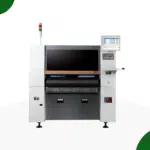 Pick and Place
Pick and Place
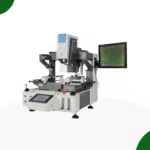 Rework Station
Rework Station
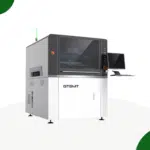 Solder Paste Printers
Solder Paste Printers
 Reflow Ovens
Reflow Ovens
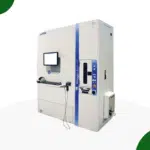 Reel Storage System
Reel Storage System
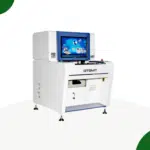 AOI & SPI INSPECTION
AOI & SPI INSPECTION
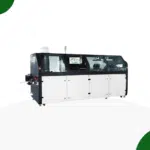 Soldering Machines
Soldering Machines
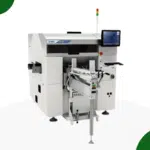 Insertion Machine
Insertion Machine
 X-ray inspection
X-ray inspection
 PCB Handeling
PCB Handeling
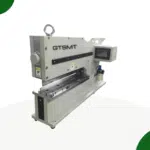 Depaneling Machine
Depaneling Machine
